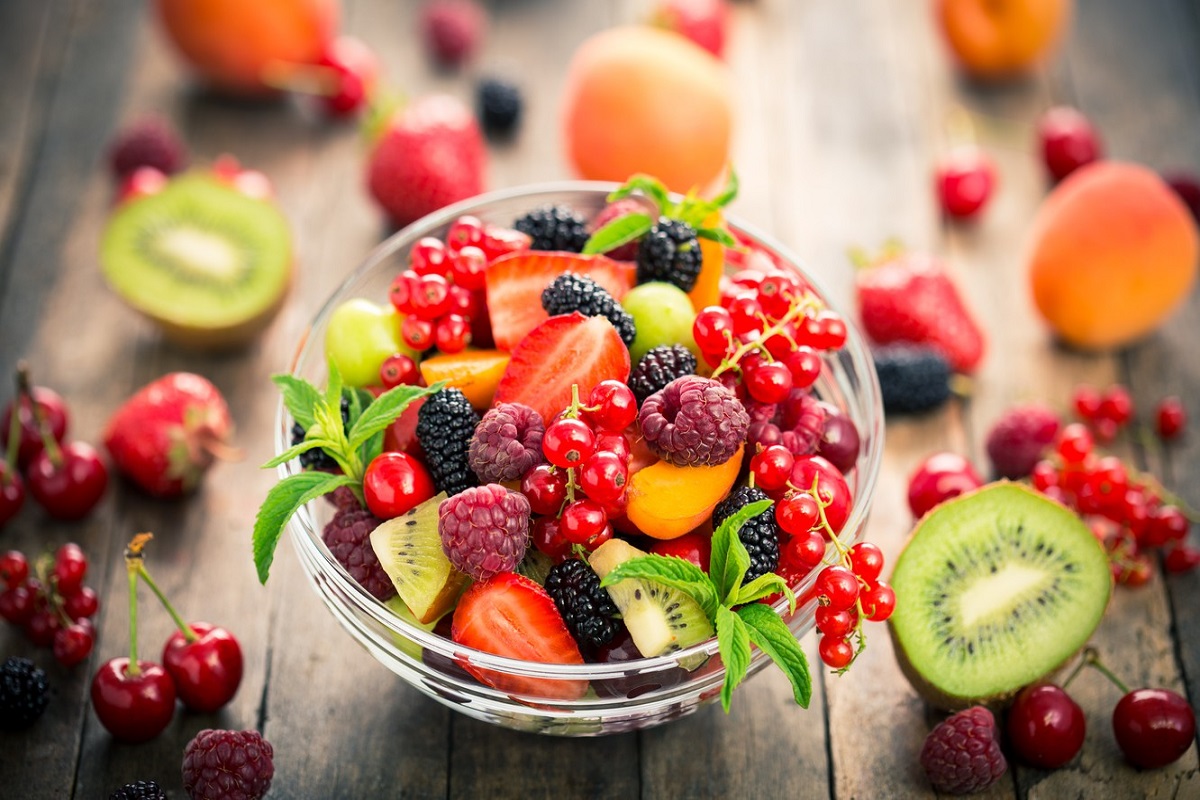Nowadays, dieters and non-dieters, healthy eaters, and fast food junkies are all trying to figure out how to keep their blood sugar levels down without sacrificing their eating habits. We know about the detriments of refined sugars and high-glycemic foods, but most of us don’t notice how fructose is slowly killing our health.
Why does it happen? Is fructose is bad for us? Is it possible to eliminate sugar from our lives for good while keeping a healthy glycemic index? Let me help you and point you in the right direction.
Table of contents:
- Is fructose really bad for us?
- What is fructose malabsorption?
- Switch to a fructose-friendly diet
- Cut sugar out of your life for ultimate health
1. Is fructose really bad for us?
While natural sources of fructose, such as fruit, vegetable, and honey are beneficial to us, fructose is usually concentrated from these natural sources and this is where we should be more careful with what we put in our bodies. High-fructose corn syrup, sucrose (table sugar), agave nectar, maple syrup, molasses, and fruit juices contain the highest percentages of fructose. Consuming large amounts of high-fructose foods on a regular basis can lead to:
- weak collagen production;
- premature aging, including saggy skin and wrinkles – that’s because of the formation of high levels of advanced glycation end products (AGEs), the substances that cause aging;
- pancreatic cancer (according to the US study finds);
- increased bad cholesterol and poor liver function;
- kidney stones;
- diabetes;
- mood swings;
- severe hunger pangs;
- poor brain function and many more.
These health issues are rather frightening, so what’s the way out? Keep reading.
More: 7 Kinds of Honey and Why It’s Better Than Sugar
2. What is fructose malabsorption?
Some people have trouble completely absorbing fructose in the small intestine. The undigested fructose transfers to the colon, where healthy bacteria devour it. While this may not sound terrifying, it leads to a serious health issue called fructose malabsorption.
The problem is, the bacteria produce the gas, making the intestine swell and causing bloating, cramps, and in some cases, diarrhea. Despite this, fructose malabsorption offers a significant health benefit – it may help you reduce your risk for fatty liver disease.
3. Switch to a fructose-friendly diet
When it comes to a fructose-friendly eating plan, the last thing you need is an overabundance of fructose. Even if you don’t consume foods with high fructose corn syrup, you still risk developing a high glycemic index (GI) and facing the issues I mentioned above. The key to a healthy GI is incorporating foods low in glucose and eliminating refined sugars from your life for good. People suffering from fructose malabsorption often make a mistake when they completely remove fructose from their eating plan.
Remember, your body still needs some fructose. While healthy people can absorb 50 grams of fructose, you may need as little as 3 to 5 grams if you suffer from fructose malabsorption. Monitor your fruit intake and make sure you eat in moderation the following fructose-rich fruit: peaches, prunes, plums, pears, cherries, apples, pear juice, apple juice, grapes, mango, dates, and watermelon.
Instead, consider including blackberries, raspberries, pineapples, lemons, strawberries, avocado, grapefruit, and papaya in your daily diet. Vegetables that are relatively low in glucose include white potatoes, asparagus, leafy greens, cauliflower, mushrooms, green peppers, broccoli, shallots, celery, spinach, cucumbers, and beans.
4. Cut sugar out of your life for ultimate health
Sugar and high fructose corn syrup are basically the same, thus they have similar side effects. Sugar seems like the biggest enemy right now, along with salt. Avoiding consuming sugar is an exhausting and uphill battle, yet I’ve got some tried and tested tips to say goodbye to sugars for good:
- reduce your junk food consumption;
- eliminate sugary drinks;
- reduce your consumption of carbs;
- read the labels to avoid hidden sugars;
- skip sugary treats and desserts;
- stay strong and fight those sugar cravings by eating fruit that is low in fructose.
More: 8 Crucial Reasons to Give Up Sugar
Remember, the most effective results do not happen overnight. It may take up to 2 months to eliminate sugars from your life. Take baby steps and monitor your GI level. As usual, it all starts with some tweaking in the kitchen. Healthy food choices will lead to a healthy gut and overall healthy body.

